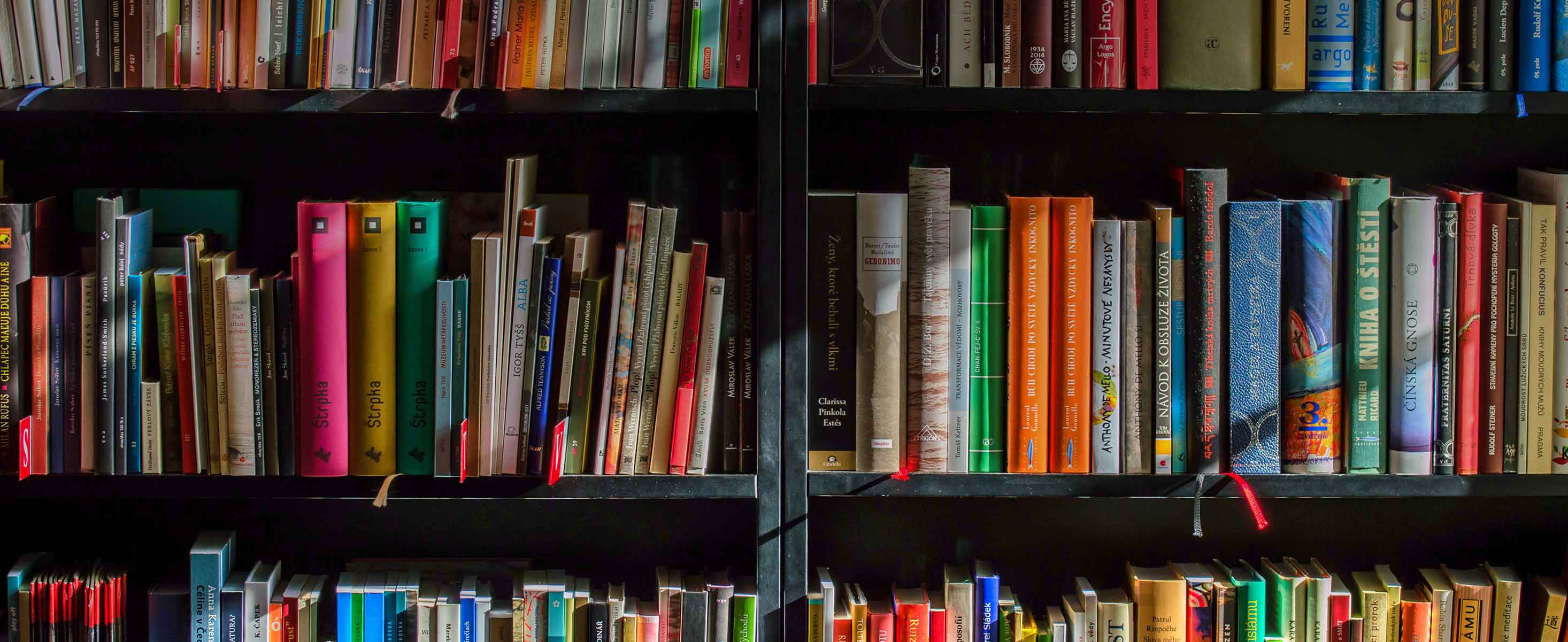
4 minute read
A journey from Special Measures to Top 1%
In 2013, Jimmy Rotheram was ready to quit teaching, burdened by the effect of cuts combined with 30 hours per week of paperwork.
Instead, he switched to Primary School music teaching and fell in love with the profession again, thanks to Feversham Primary Academy prioritising music and giving him and the children the time, resources and support to succeed.

Jimmy Rotheram
When I began supply teaching at Feversham, four years ago, music provision was typical of many primary schools. A few broken instruments on a trolley, competitive singing in assemblies which had become shouting contests, and music lessons which had consisted of objectives like "Children will learn the names of the Beatles.” Without any training or guidance in musicianship, only three or four children could sing in tune or match a pitch, and rhythm and pulse were generally insecure. Children were not enjoying their music lessons, and there was no culture of music‐making at home. But they did know that the 3 Beatles were called "John‐Paul, George and Pingu.”
What I didn't realise at the time was that my headteacher had already tried out various music specialists ‐ whilst all were great musicians, they did not know how to relate to younger children and teach developmentally appropriate lessons. I was no different, given that most teachers are trained as secondary music teachers or primary generalists with virtually no music content in their PGCEs. But my headteacher obviously saw something in me that got me the permanent job. I later discovered it was because I was able to engage children and had a belief that all children, given the right training, would be musical.
This philosophy is all well and good, but it was clear to me that I simply didn't have the tools or the knowledge to make this happen. The children could not even sing fairly simple songs in tune or keep a steady pulse. Fortunately, my research drew me to the work of Zoltan Kodály, and simply by adopting a few strategies, I started to quickly see results.
Kodály was highly critical of the music education system in Hungary, which did not recognise the importance of music in primary schools and was therefore not spending enough time on music. The curriculum was too focused on rote instrumental learning rather than musical understanding, training for teaching music in primary schools was poor. Sound familiar?
With his colleague Jeno Ádám, Kodály spent a decade reforming music teaching in Hungary and was highly influential. Eventually this led to the holy grail of government support, and by 1950 the first music primary school was opened ‐ by 1960, there were over 100. By 1965, half of the schools in Hungary were music schools. An interesting effect of this was that music schools performed far better academically in all subjects.
The approach transformed musical literacy in Hungary and took off across the world. Yehudi Menuhin and Cecilia Vajda brought the method to Britain in 1967. Having read about this, I enrolled on a Voices Foundation course and caught the CPD bug. Since then I have been on every possible course organised by the British Kodály Academy and have become part of the BKA members group, which is an incredible source of peer advice and support.
The rhythm sequence begins with simple "ta" (crotchet) and "titi" (quaver) combinations. The games provide kinaesthetic reinforcement of both rhythm and pitch, as well as concepts such as phrasing and dynamics. In addition, social development is integrated into the programme, as children develop confidence, turn-‐taking, listening and working with peers outside their friendship groups.
The Kodály pitch sequence starts with "so" and "mi", which everyone can sing in tune. This is because it imitates a commonly heard sound in our language ‐ mums will likely use this when calling their children ‐ "Johnny, your dinner's ready" ‐ "so mi mi so so mi mi.” Sure enough, every child could sing this ‐ perhaps in a different key to the one I gave them, and often in a timid, tremulous tone or gurgling growl. Slowly but surely, eventually the training encouraged them to listen, tune in to each other and develop their voices.
Although the pedagogy is very deep and sometimes daunting for "newbies", it's very easy and productive to start by playing the games and songs, and to keep developing the methodology as you learn until you become more comfortable with the tools and methodology. The effect on Feversham school has been breathtaking. Learning behaviour seemed to improve within a few weeks. After 6 months or so most children were singing in tune and keeping a steady pulse. My headteacher loved what he was seeing, and bit‐by‐bit, agreed to extend the programme until children were getting up to 6 hours of music per week.
After a couple of years music had gone from crawling in pain to soaring with joy. Three children became the first Muslim pupils in Bradford to successfully audition for the music service's gifted and talented programme. The choir sing, not only completely in tune but in beautiful harmony, and singing in tune is the norm across school. Musical elements are integrated into other subjects, and by Upper KS2, all children can sight read, aurally dictate, compose, improvise and perform major and minor pentatonic melodies with confidence. Some children live for music at school. We even have a few children who will not speak but will sing all day long to develop their language. When considered with the mental health benefits, for music to be denied to so many children in state schools is nothing short of cruelty.
Not only are we no longer in special measures, we are now in the top 1% of schools in the country for pupil progress and have been nominated for TES Primary School of the Year.
@MusicEdu4all @PrimaryMusicMag





